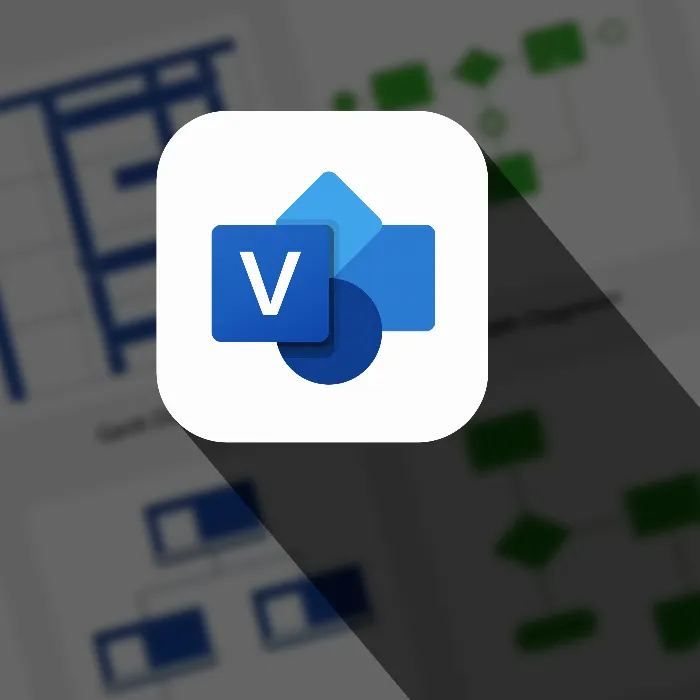In this guide, you will learn how to change the color of Shapes in Microsoft Visio using VBA (Visual Basic for Applications) easily and effectively. VBA provides a powerful way to perform automated tasks in Visio and simplify working with Shapes.
Key Takeaways
- You can activate the development tools to access the VBA environment.
- Macros allow you to automate repetitive tasks.
- Controls, such as buttons, make interacting with your Shapes easier.
Step-by-Step Guide
Activate Development Tools
To work with VBA in Visio, you must first ensure that the development tools are activated. Right-click on the menu bar and select "Customize the Ribbon." Check the box next to "Developer Tools." This will give you access to the necessary tools for creating macros and programming in VBA.
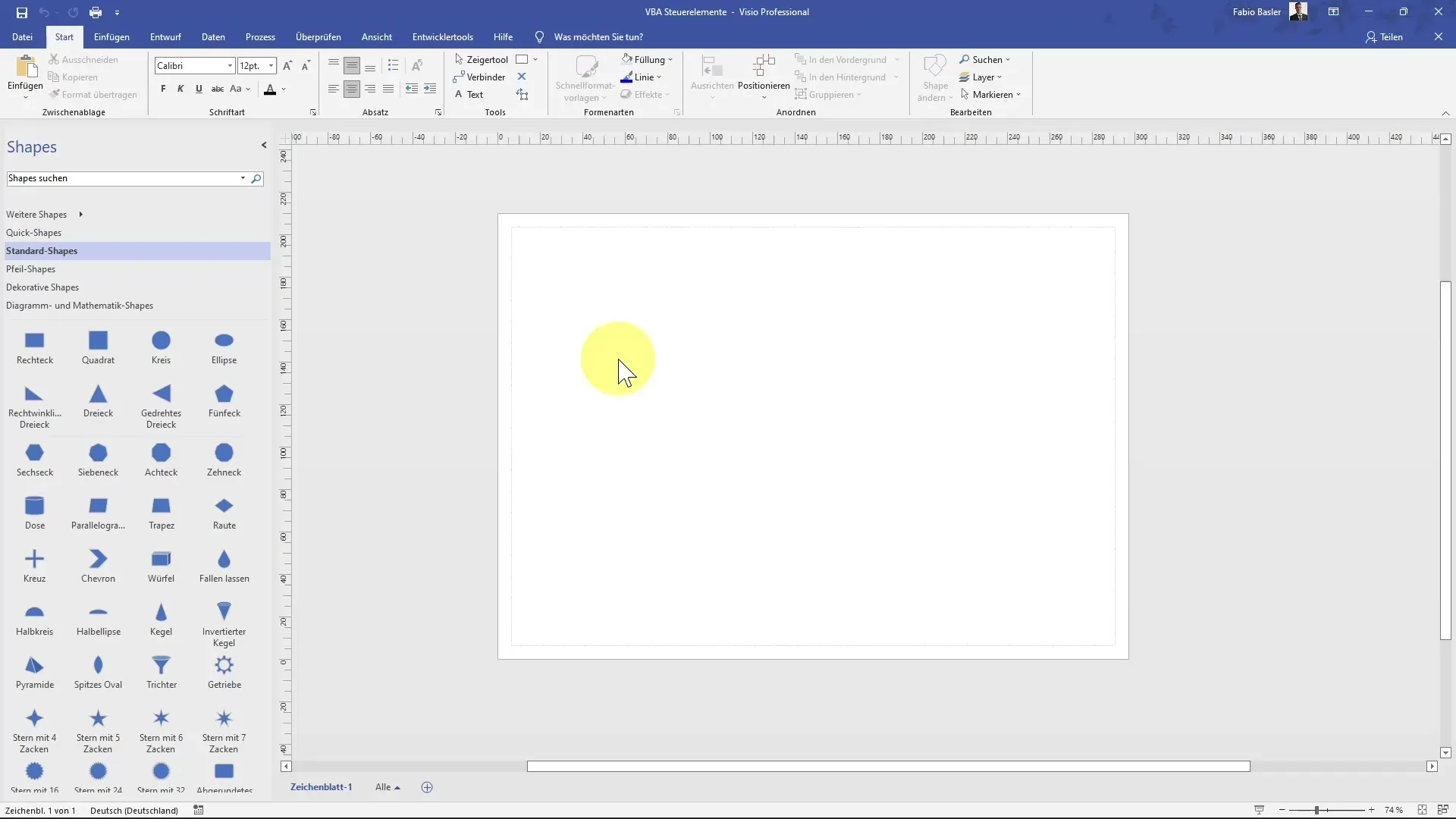
Create Shape
Now you can place a shape on your drawing canvas. Drag a square from the shape gallery onto the canvas and scale it as desired. This shape will serve as an example whose color we will change later.
View Shape Properties
To view the properties of the shape, open the properties window. You can open it either through menu options or by pressing the F4 key. Here you will see various properties such as color, size, and other relevant parameters that you may want to control later via VBA.
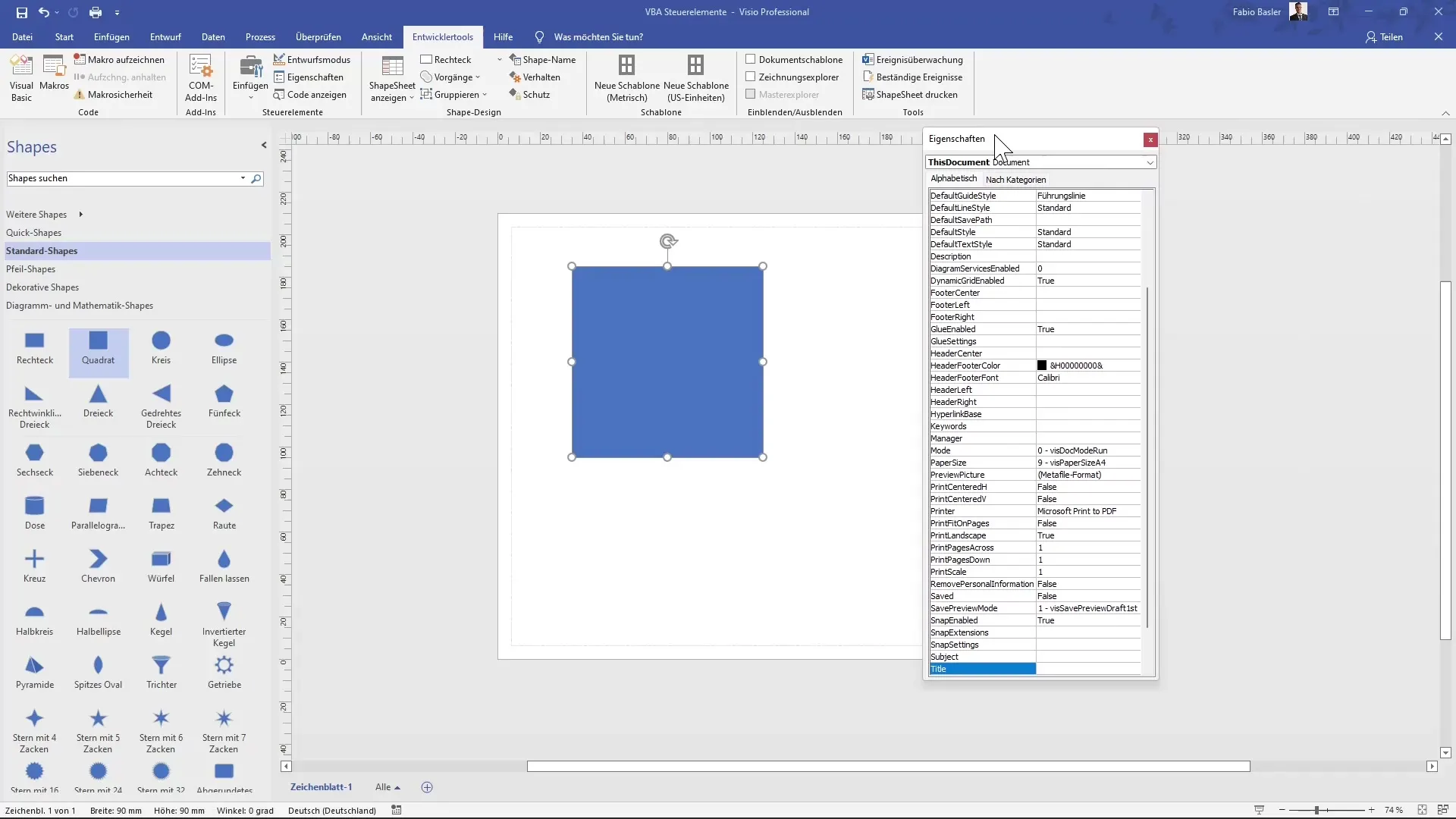
Open VBA Editor
To access the VBA environment, use the keyboard shortcut Alt + F11. This will open the Visual Basic Editor, a development environment where you can write or create your VBA code. Here you can use programming languages of your choice or record macros.
Record Macro
To create a simple macro, go to "Record Macro." Assign a name, for example, "Macro1," and optionally assign a keyboard shortcut. Confirm with "OK" and then start recording.
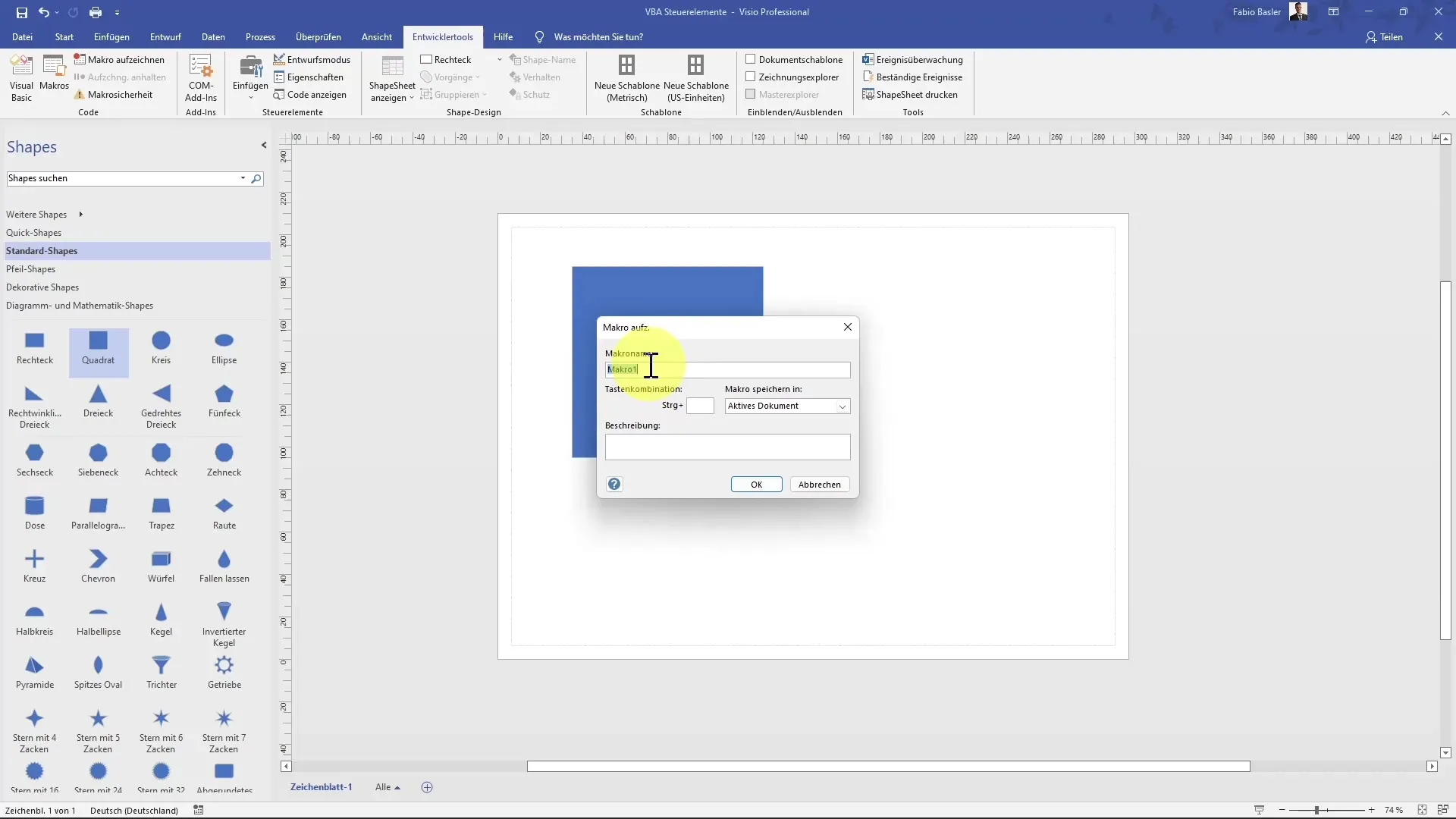
Change Color
Now right-click on your shape and select "Format Shape." Go to "Fill" and change the color, for example, to dark red. End the macro recording after you have changed the color.
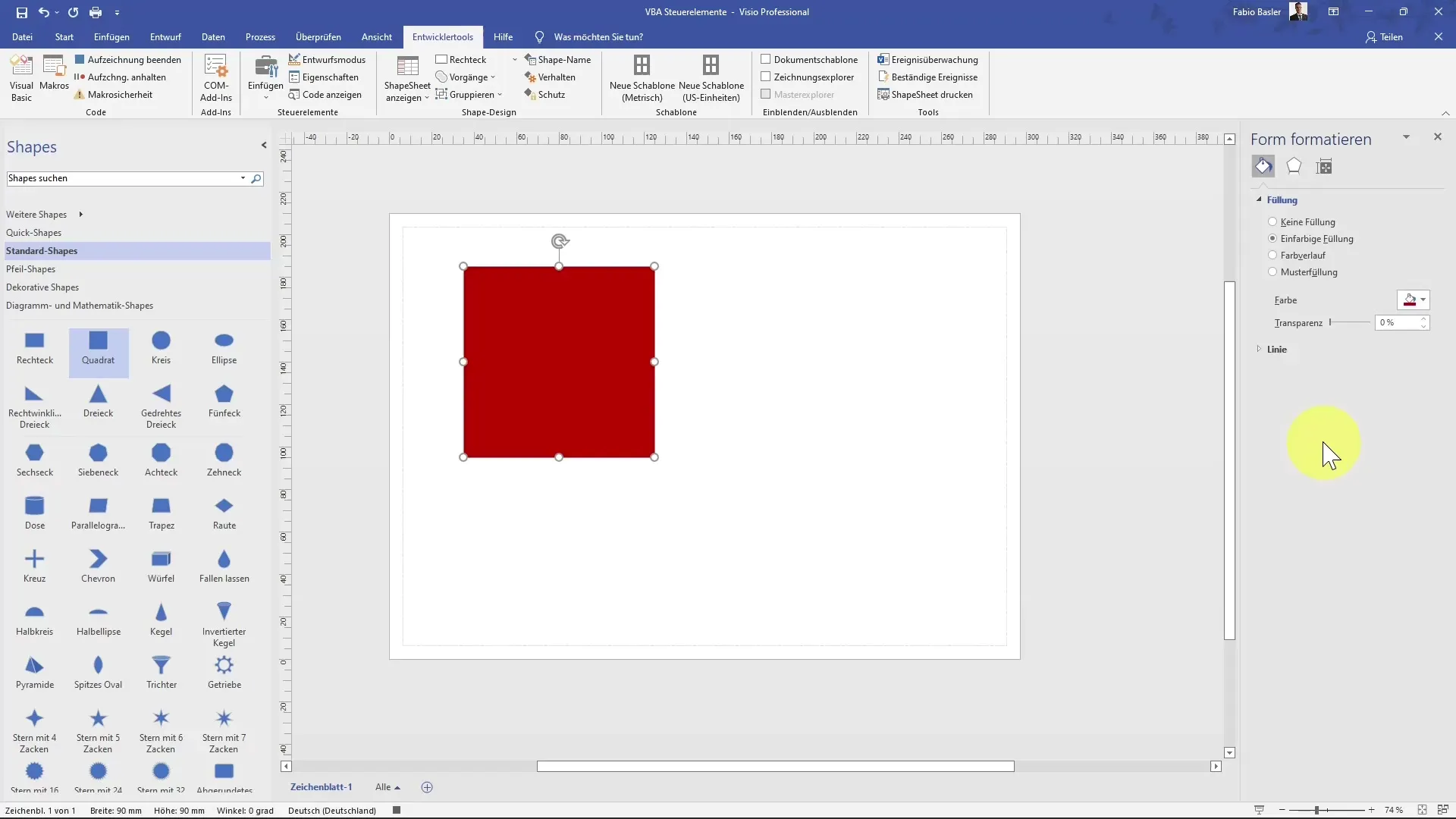
Run Macro
Once the macro has been recorded, you can change the color of another shape by running the macro. Click on "Macros," select your newly created macro, and confirm execution. You will see how the fill color of the shape changes.
Undo Actions
If you make a mistake or the color is not as expected, you can undo the last action by pressing Ctrl + Z. This will prevent your screen from being cluttered with unwanted changes.
Use Controls
To enhance user-friendliness, you can use controls such as buttons. These allow users to change the properties of the shape at the push of a button. For example, you can create a command button that triggers the color change macro.
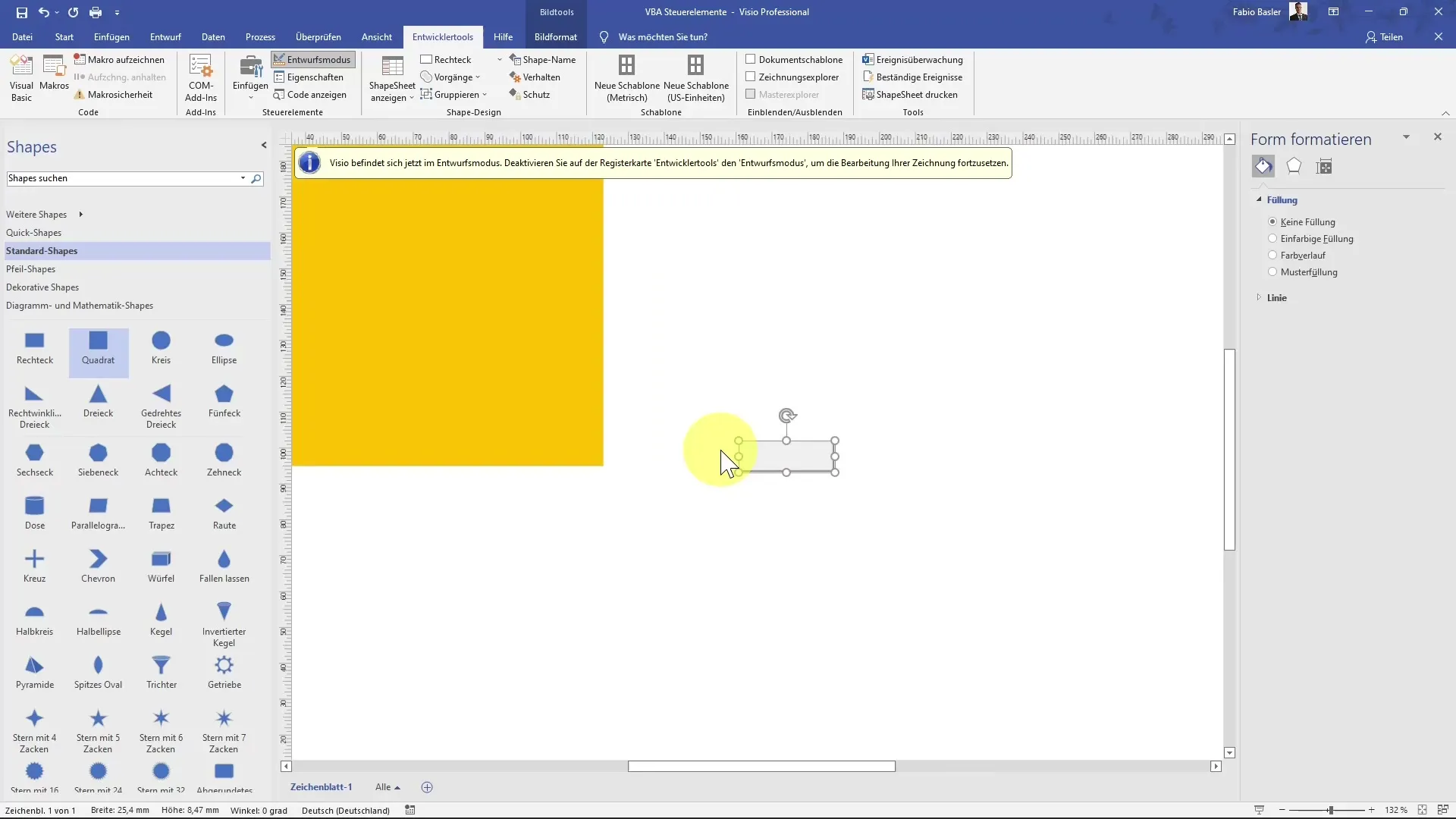
Create Button and Assign Macro
To make the button interactive, go into design mode, drag a button onto your canvas, and use a right-click to select "View Code." This will take you back to the VBA editor, where you can insert the previously recorded code for changing the color.
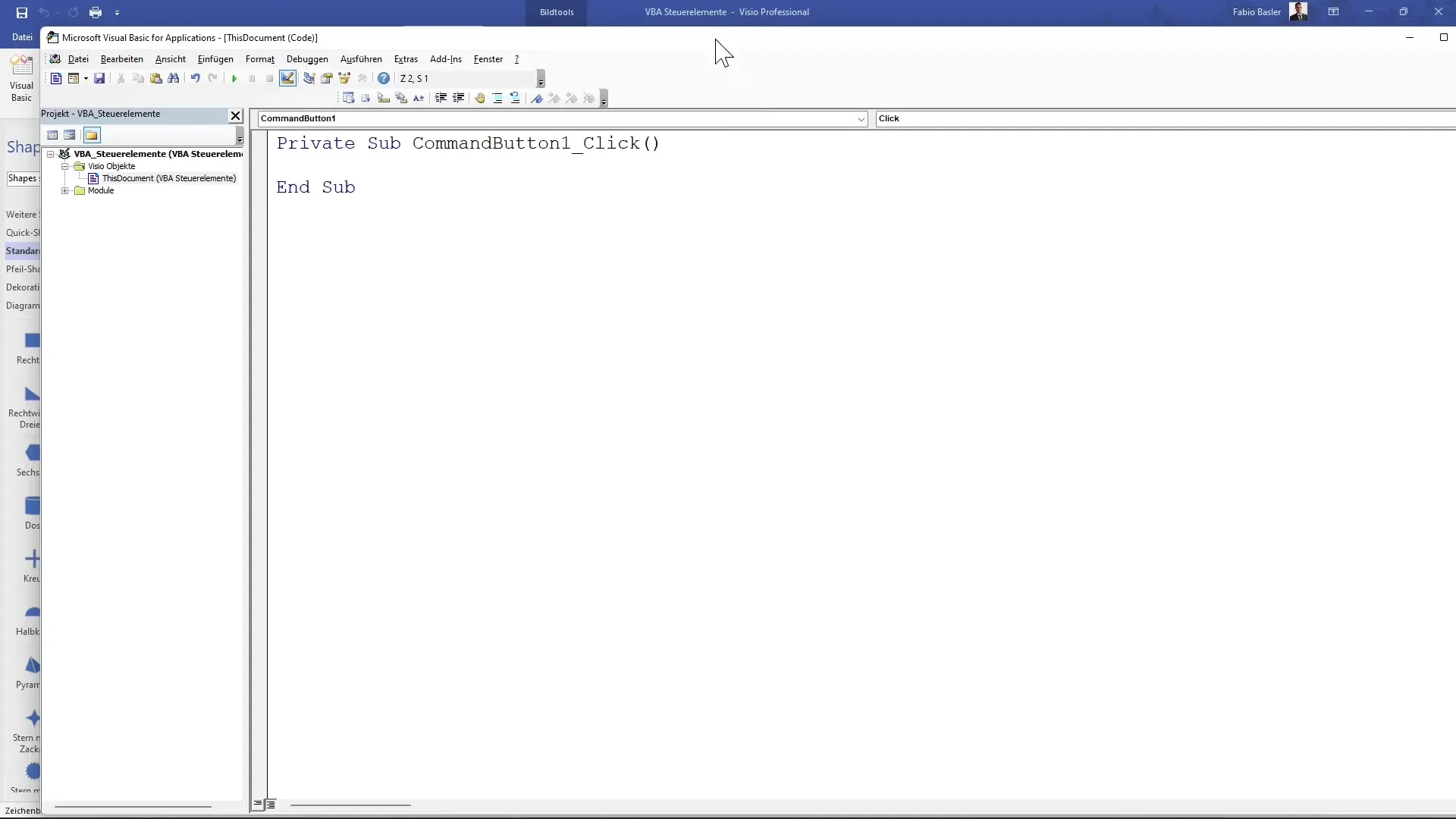
Integrating Code
Copy the code created in the module where your macro is saved, and paste it into the procedure of your button event. This way you can ensure that the button performs the desired action when clicked. Test this functionality by leaving the presentation and clicking the button.
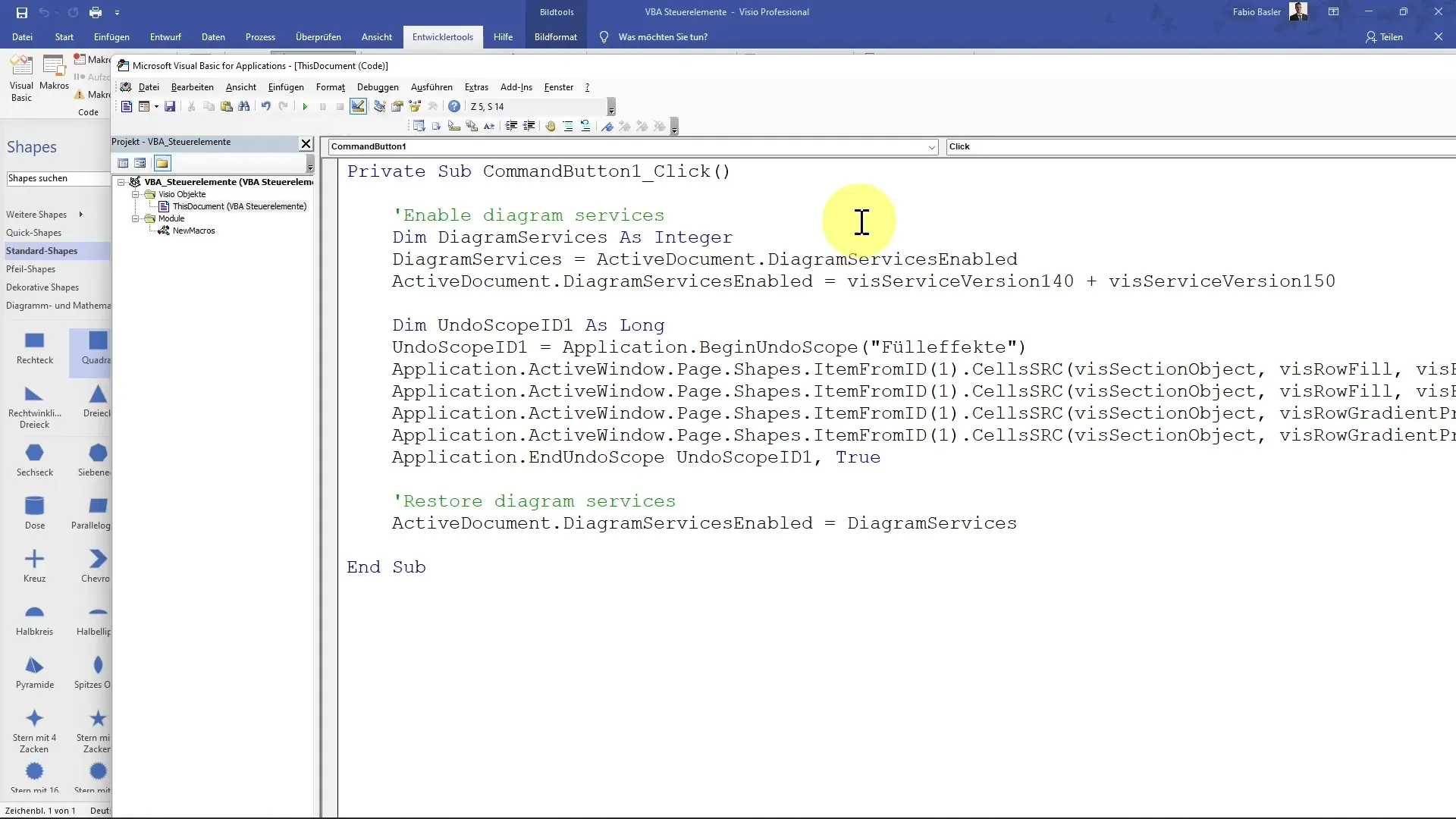
Testing the Result
Now everything is ready: you have a button that changes the color of the shape when clicked. These customizations not only show you how much flexibility you have with VBA, but also how you can improve the user experience within your Visio documents.
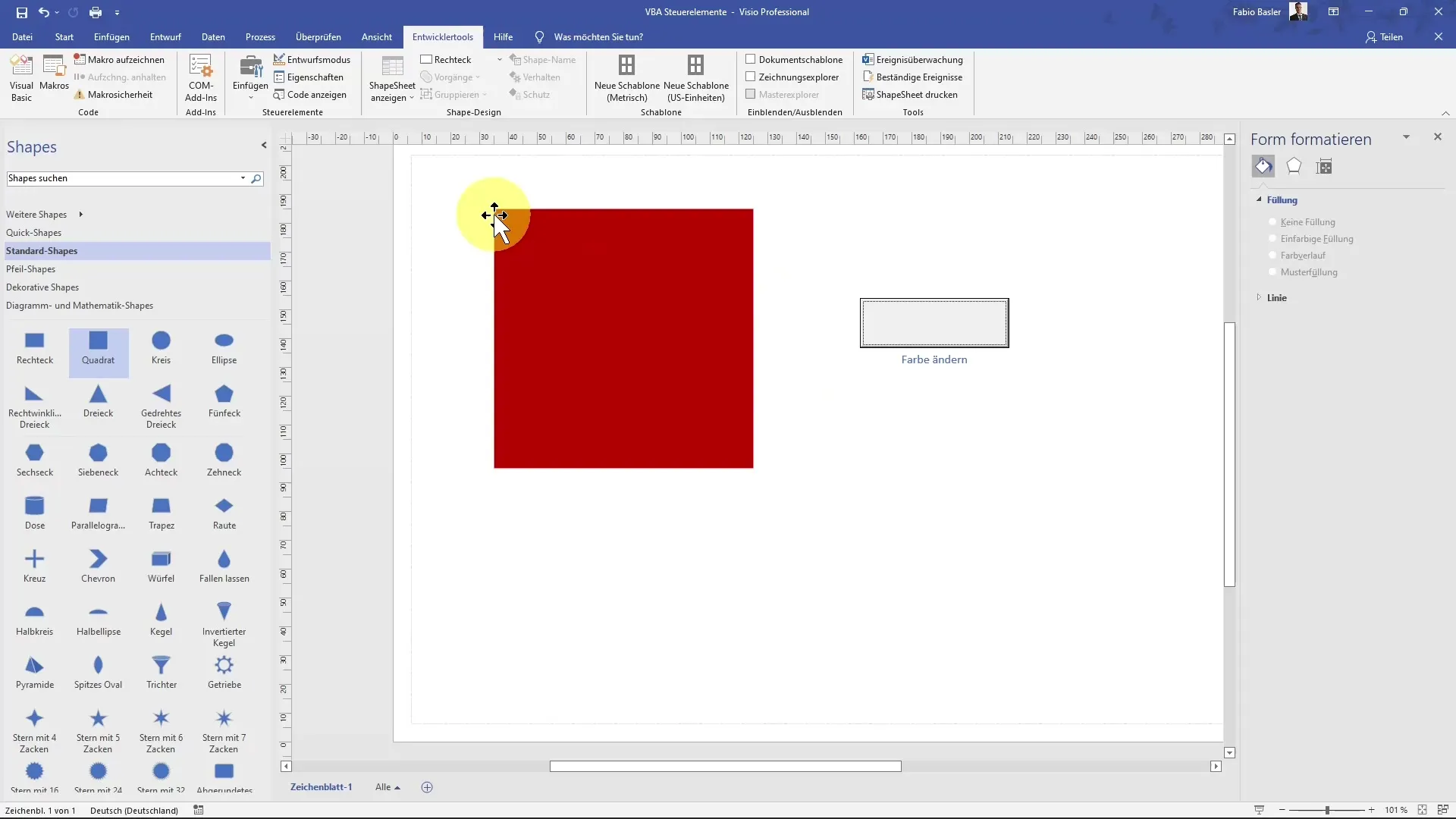
Summary
You have now learned how to activate the development tools, record a macro, and assign it to a control to change the colors of shapes in Visio. With these building blocks, you can implement effective automations in your projects.
Frequently Asked Questions
How do I activate the development tools in Visio?Right-click on the menu bar, select "Customize Ribbon," and check the box for "Development Tools".
What is the shortcut to open the VBA editor?The shortcut is Alt + F11.
How can I run a recorded macro?Go to "Macros," select your macro, and click "Run".
Can I undo the color of a shape?Yes, you can undo the last action with Ctrl + Z.
How do I assign a macro to a button?Right-click on the button, select "View Code," and insert your macro into the event.
